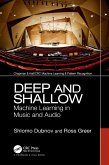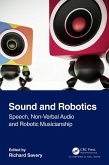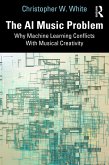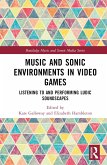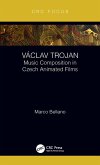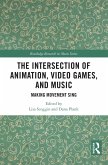Introducing popular fundamental ideas in AI at a comfortable pace, more complex discussions around implementations and implications in musical creativity are gradually incorporated as the book progresses. Each chapter is accompanied by guided programming activities designed to familiarize readers with practical implications of discussed theory, without the frustrations of free-form coding.
Surveying state-of-the art methods in applications of deep neural networks to audio and sound computing, as well as offering a research perspective that suggests future challenges in music and AI research, this book appeals to both students of AI and music, as well as industry professionals in the fields of machine learning, music, and AI.
Dieser Download kann aus rechtlichen Gründen nur mit Rechnungsadresse in A, B, BG, CY, CZ, D, DK, EW, E, FIN, F, GR, HR, H, IRL, I, LT, L, LR, M, NL, PL, P, R, S, SLO, SK ausgeliefert werden.
Gil Weinberg, Professor and Founding Director, Georgia Tech Center for Music Technology
"The authors make an enormous contribution, not only as a textbook, but as essential reading on music information dynamics, bridging multiple disciplines of music, information theory, and machine learning. The theory is illustrated and grounded in plenty of practical information and resources."
Roger B. Dannenberg, Emeritus Professor of Computer Science, Art & Music, Carnegie Mellon University



